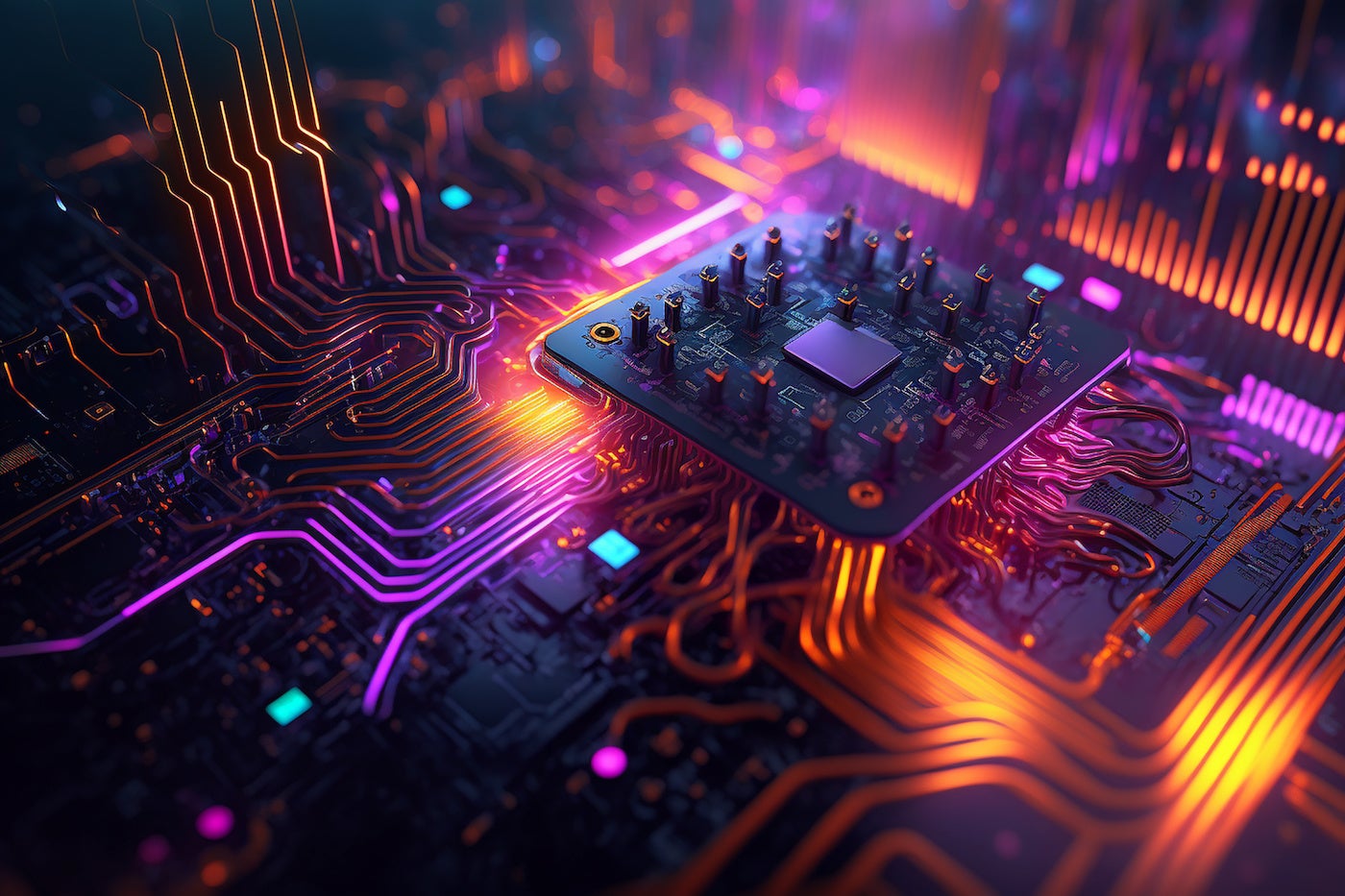
Researchers at the University of Illinois at Urbana-Champaign have developed an innovative AI agent dubbed "CyberOctopus," which incorporates principles from the brain networks of sea slugs and octopuses to enhance its learning and navigation capabilities. This new approach, reported in Neurocomputing, enables the AI to explore environments, seek rewards, and map landmarks while overcoming obstacles.
Key Features of CyberOctopus
Associative Learning: Drawing from the foraging behaviors of sea slugs, the AI utilizes simple associative learning rules. This foundational mechanism allows it to make decisions based on past experiences.
Enhanced Memory: Unlike traditional AI, which often relies on extensive pre-training with large datasets, CyberOctopus integrates a more sophisticated episodic memory module. Modeled on the hippocampus—crucial for memory in many animals—this memory system helps the AI retain and utilize information about spatial and temporal contexts.
Dynamic Learning: The CyberOctopus can learn in real-time by exploring its environment, adapting its strategies based on rewards and challenges encountered along the way. This makes the AI more animal-like, as it seeks novelty and learns from its surroundings.
Spatial Reasoning: The AI constructs cognitive maps to navigate efficiently, generating shortcuts and optimizing paths to maximize rewards. This capability indicates a higher level of spatial reasoning compared to traditional AI models.
Evolution from CyberSlug to CyberOctopus
The development builds upon the earlier "Cyberslug" project, which simulated decision-making neural circuits of a specific sea slug species. Researchers named the new agent ASIMOV, after the famous science fiction writer, to emphasize its potential ethical implications in robotics and AI.
Initially, ASIMOV could monitor its internal state to identify needs such as hunger and learned to select beneficial food options. However, it lacked the ability to integrate past experiences effectively. The introduction of the Feature Association Matrix enhanced its memory, allowing it to encode events and experiences more comprehensively.
Implications and Future Directions
The CyberOctopus is expected to advance AI capabilities beyond spatial navigation into more abstract applications, including improving large language models like ChatGPT. The researchers aim to create an AI that can learn with less data and exhibit behaviors similar to a child's learning process.
Dr. Rhanor Gillette, a key researcher, stated that this bottom-up approach could lead to AI that adapts creatively and learns autonomously, representing a significant step toward more intelligent and efficient systems.
In summary, the CyberOctopus project combines biological insights with advanced computational techniques, paving the way for a new generation of AI that learns and navigates more like living creatures.
